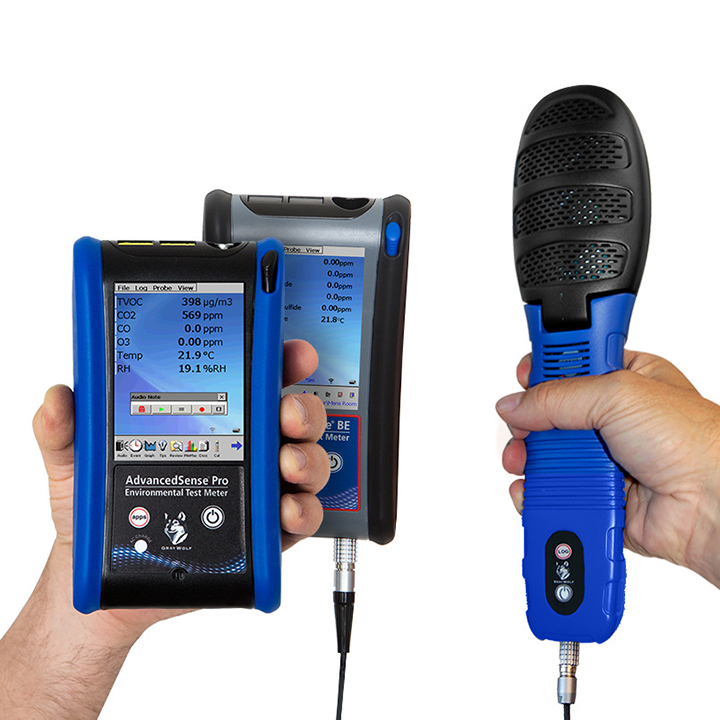Measurements to Enhance Indoor Air Quality in Your Abode
Poor indoor air quality can lead to a number of health problems, from respiratory issues to headaches. If you're looking for ways to improve the air quality in your home, you're in luck! In this post, we will discuss measures that you can take to improve the air quality in your home. Check https://graywolfsensing.com/indoor-air-quality-meter/ for more information!
Measures to Improve Indoor Air Quality in Your Home
When it comes to indoor air quality, there are a few key things you can do to help improve the air in your home. By taking some simple measures, you can help reduce airborne contaminants and make your home a healthier place to live. Here are ways to improve indoor air quality in your home:
-Vacuum regularly: Vacuuming is one of the most effective ways to remove dirt, dust, and other allergens from your floors and furniture. Be sure to vacuum all carpets, rugs, and upholstered furniture at least once a week. If you have pets, you may need to vacuum more frequently.
-Wash bedding regularly: Your bedding can collect dust mites, which are tiny creatures that thrive in warm, humid environments. To help reduce dust mites, wash all bedding in hot water (at least 130 degrees Fahrenheit) every week.
-Use an air purifier: Air purifiers can help remove airborne contaminants from your home’s air. Look for an air purifier with a HEPA filter, which is designed to capture 99.97% of particles as small as 0.03 microns.
-Avoid using harsh chemicals: When cleaning your home, avoid using harsh chemicals and opt for natural alternatives instead. Many household cleaners contain Volatile Organic Compounds (VOCs), which can off-gas into the air and contribute to indoor air pollution.
-Open windows regularly: One of the best ways to improve indoor air quality is to let fresh air in. Open windows and doors whenever possible to allow fresh air to circulate throughout your home.

-Change your furnace filter: Your furnace’s filter helps trap airborne contaminants, so be sure to change it every few months. If you have pets or someone in your home with allergies, you may need to change the filter more frequently.
-Keep humidity levels in check: Dust mites thrive in humid environments, so it’s important to keep humidity levels in your home low (between 30% and 50%). You can use a dehumidifier to help control humidity levels.
-Don’t smoke indoors: Smoking indoors is one of the worst things you can do for indoor air quality. If you smoke, do so outdoors away from windows and doors to prevent secondhand smoke from entering your home.
-Keep houseplants: Houseplants can help purify the air in your home by absorbing contaminants like carbon dioxide and formaldehyde. Spider plants, bamboo palms, and peace lilies are all good choices for purifying the air in your home.
-Test for radon: Radon is an invisible, odorless gas that can be found in soil and rock. It can enter homes through cracks in the foundation and contribute to poor indoor air quality. Test your home for radon and install a radon mitigation system if necessary.
In the end
There are many things you can do to improve the indoor air quality in your home. By taking some simple measures, you can help protect yourself and your family from the harmful effects of poor air quality.